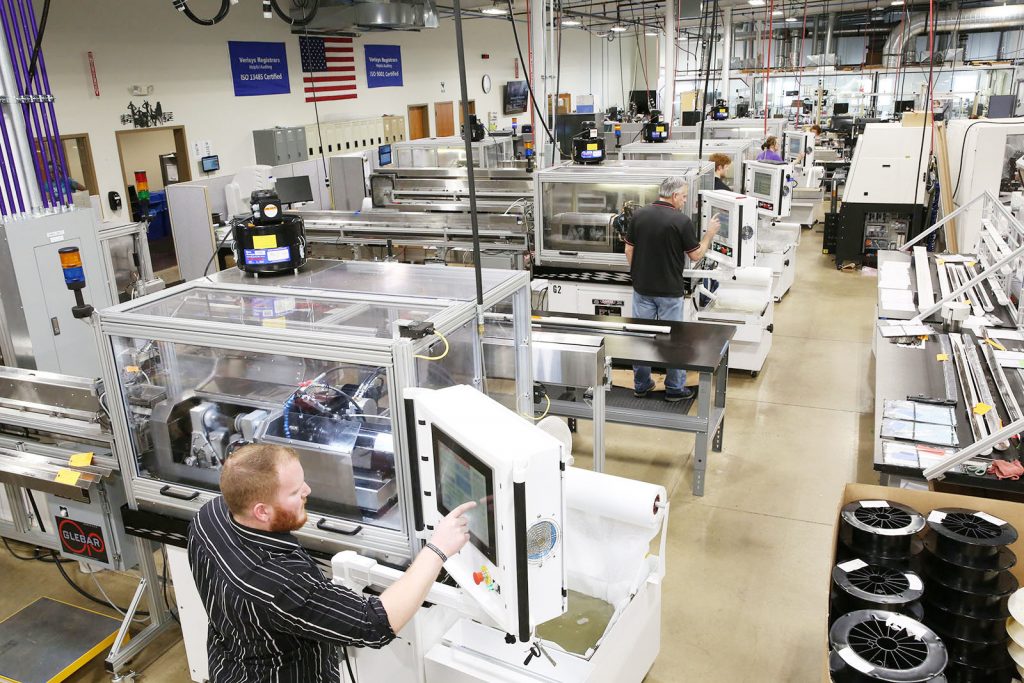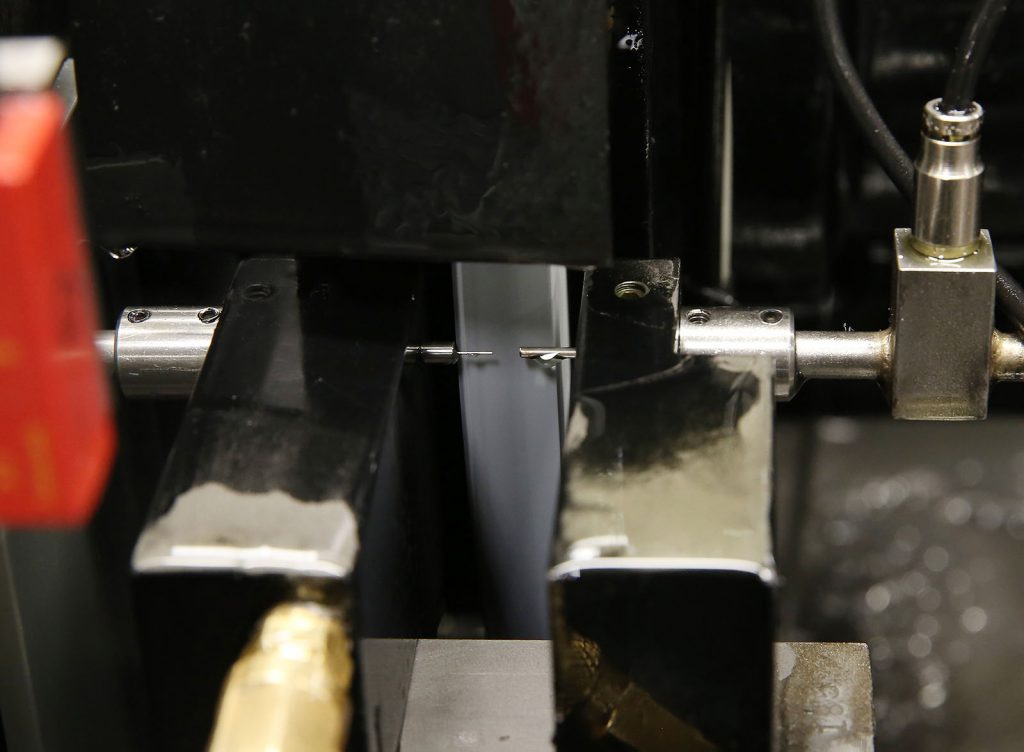Grinding is an adaptable technology that can be used in lieu of standard machining practices. The process of grinding specific characteristics to create complex medical wire products has been done for decades. As the methods and techniques used have remained largely the same, the equipment has been greatly improved to facilitate the need for increasingly smaller and more precision parts. This is especially true when sizes are reaching the minute scale of the human anatomy, such as the veins and arteries. Advancements in computer numerical control (CNC) equipment make these demanding requirements a reality.
From small to smaller
While wire grinding has come a long way, challenges remain in the medical industry. Pressure is mounting for manufacturers to produce even smaller components suitable for minimally invasive surgeries with faster patient recovery times.
“Reducing the scale of the products increases the need for precision and accuracy,” explains Jim Boldig, Director of Sales & Engineering at CWT. “Specifications for tolerances are getting tighter as designers and engineers try to make their devices as compact as possible. The limits of the machines and materials are being tested. When we reach a threshold of one or the other, we must adjust our process. The requirements of the next generation of devices will require the machines to be even more precise.”

CWT can currently adjust diameters down to 0.00001” (0.00025mm) using materials such as stainless steel, nitinol, titanium, magnesium, and aluminium. Centerless and profile grinding techniques are performed using a fleet of 6 CNC grinders, each having the capability to produce both techniques. Centerless is often used for long tapers for core wires, where a diameter tolerance is critical. This method is suited for long production runs with high throughput. Profile grinding, also called OD grinding, is the technique used to create different shapes on the outer diameter of a wire. Despite being slower to complete, this method is ideal for tough geometry creation.

A wide range of product applications
Over time, the growing demands of product expansion for the medical device industry has driven the need for wire grinding techniques to keep pace. Guidewires are thin, flexible medical wires used to direct a larger instrument such as a catheter into a specific vessel during coronary, peripheral, and neurovascular procedures. Other medical components that rely on precision grinding are core wires, mandrels, orthopaedic wires & pins (Kirschner wires and Steinmann pins), and hypotubes. As surgical techniques evolve in the future, so will the number of medical products required to support those practices.

What’s next for the future of grinding at CWT
The next logical step is thru-feed grinding. This technology is essential for the high-volume production of mandrels and to support coiling production. Keeping pace with the unprecedented demand for grinding services, while constantly maintaining quality control is the continued focus.
“At CWT, we pride ourselves on offering a level of customer service that is exceptional,” says Boldig. “We strive to be transparent and work towards a common goal with our customers. We continually work to improve our processes for them. Experienced engineers assess every opportunity that comes our direction. These engineers have hands-on experience manufacturing the products. This technical approach helps our customers move quickly in the direction they need. Our success as a company, depends on the success of our customers.”



